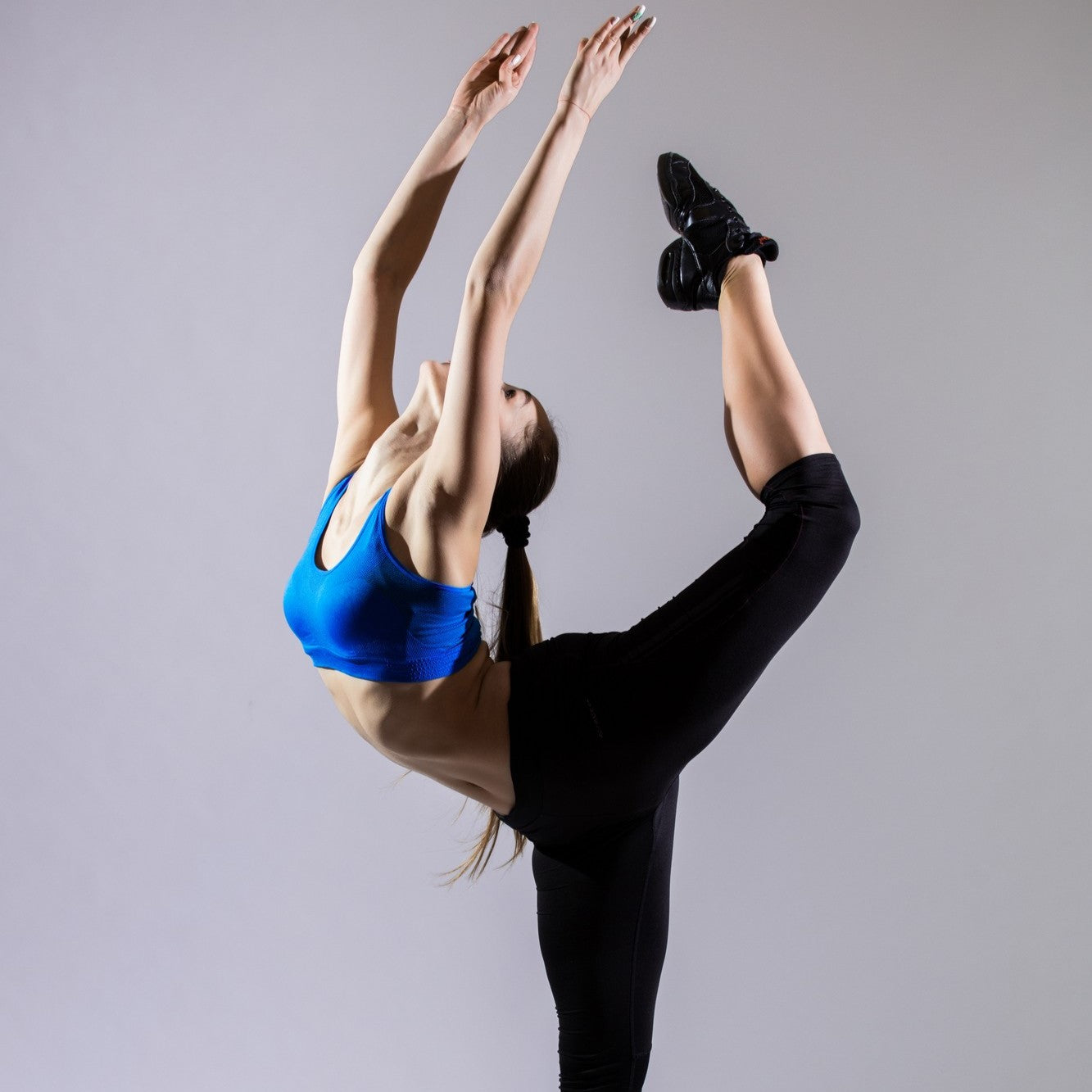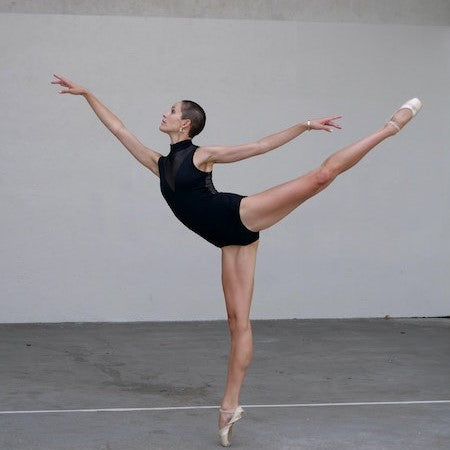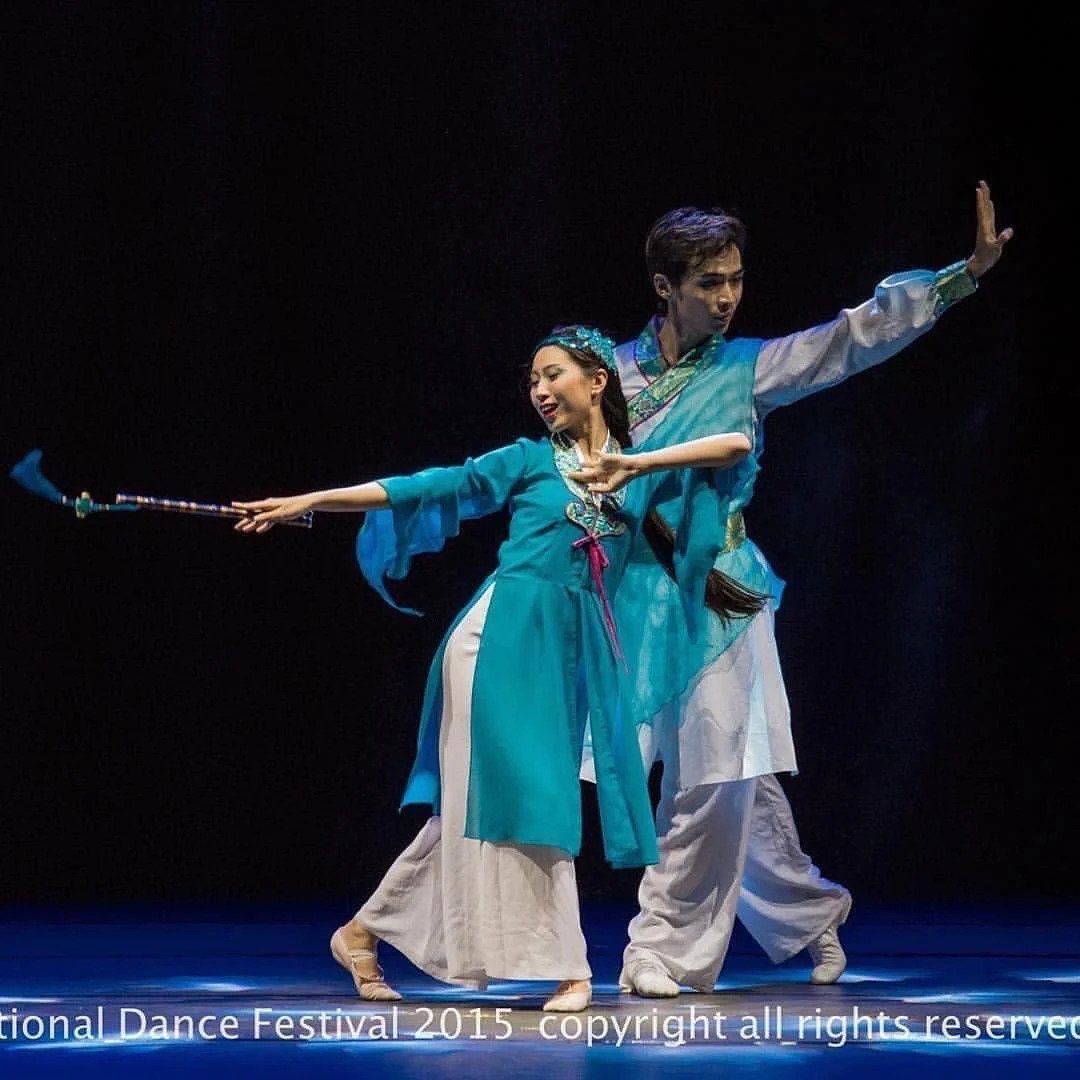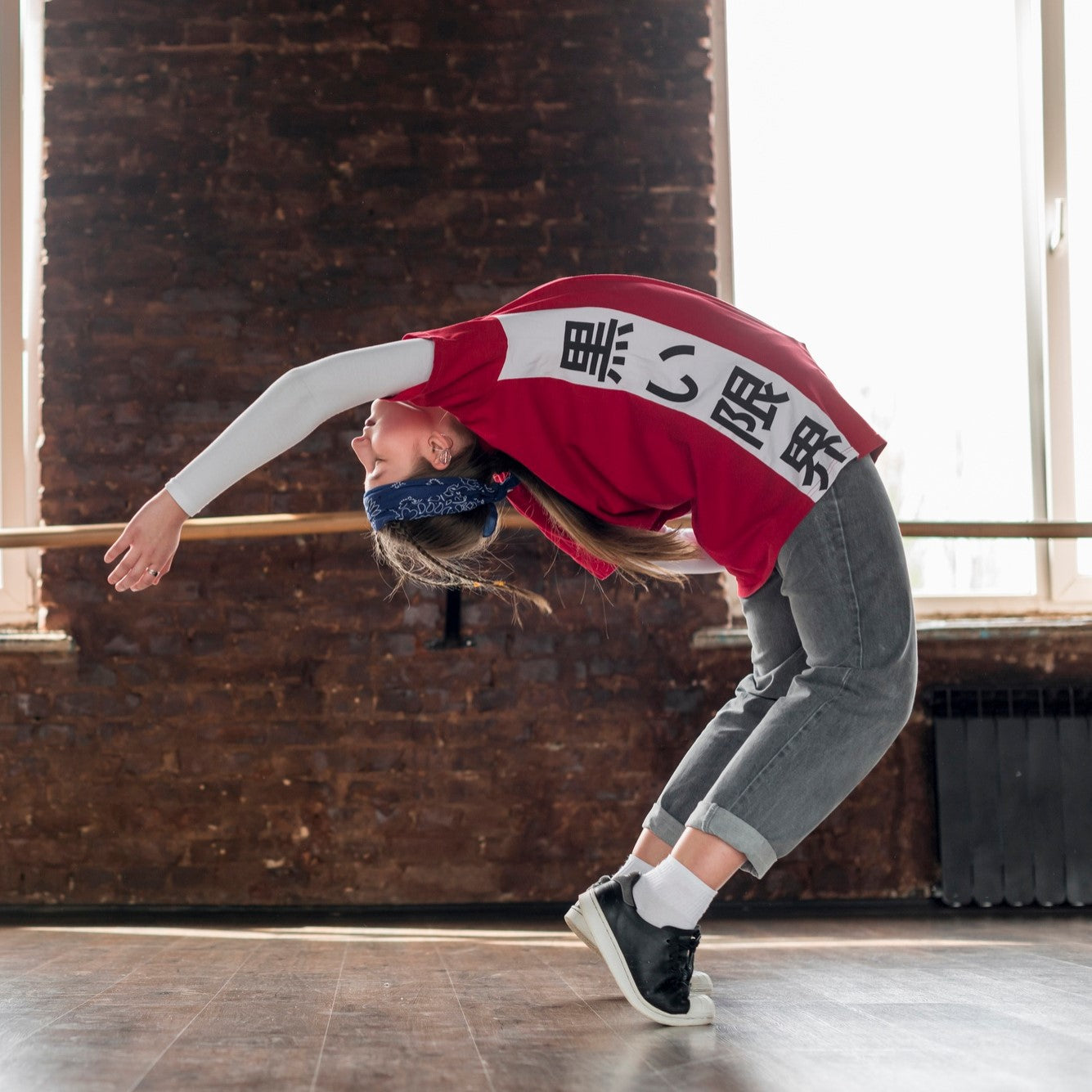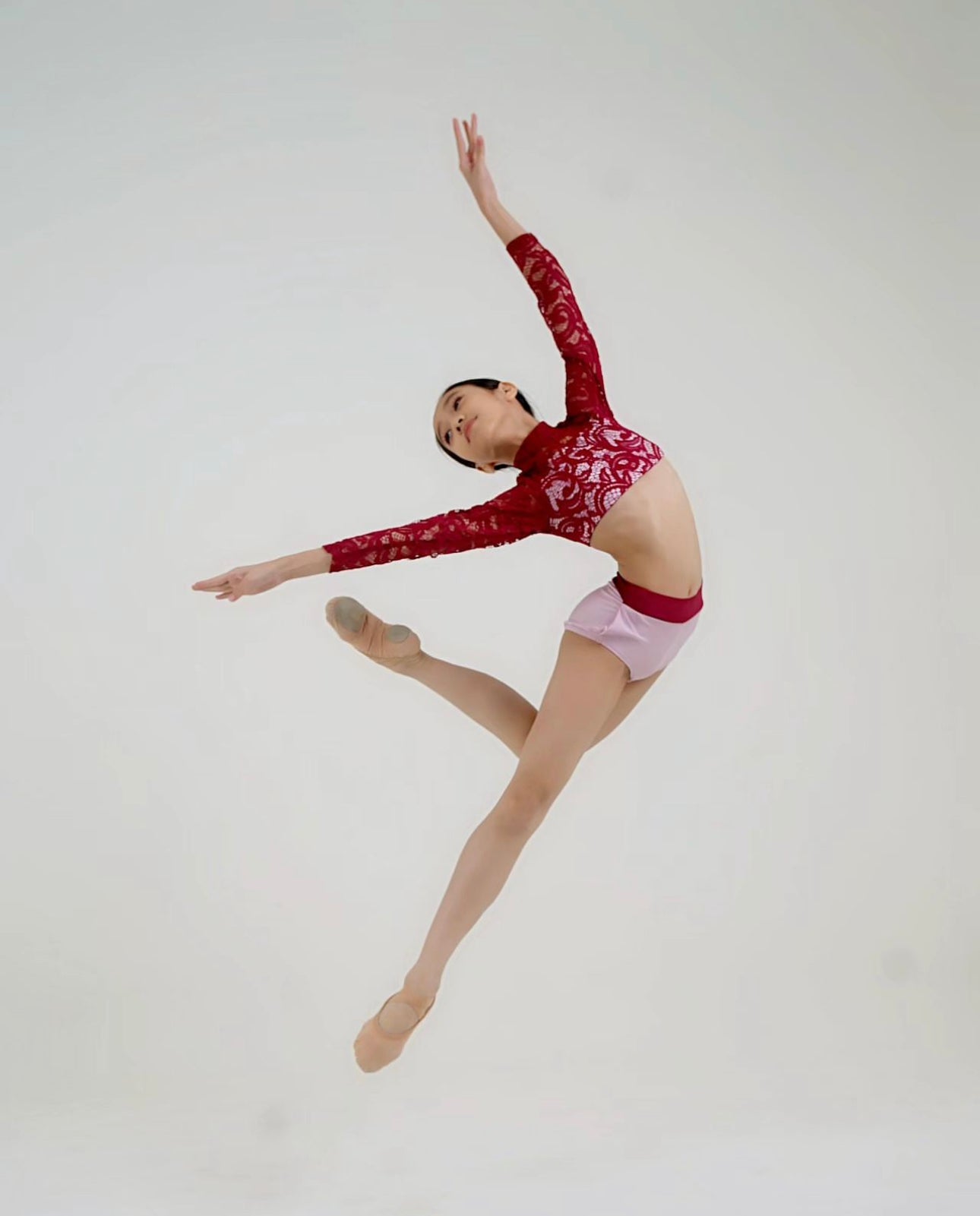Customer Service +65 8044 8419
Popular Products
Shatterproof Framed Mirror on Wheels
- From $659.00
$0.00- From $659.00
- Unit price
- / per
Shatterproof Frameless Mirror on Wheels
- From $729.00
$0.00- From $729.00
- Unit price
- / per
Shatterproof Frameless Hung On Wall Mirror
- From $539.00
$0.00- From $539.00
- Unit price
- / per
Popular Products
Shatterproof Framed Mirror on Wheels
- From $659.00
$0.00- From $659.00
- Unit price
- / per
Shatterproof Frameless Mirror on Wheels
- From $729.00
$0.00- From $729.00
- Unit price
- / per
Shatterproof Frameless Hung On Wall Mirror
- From $539.00
$0.00- From $539.00
- Unit price
- / per
-
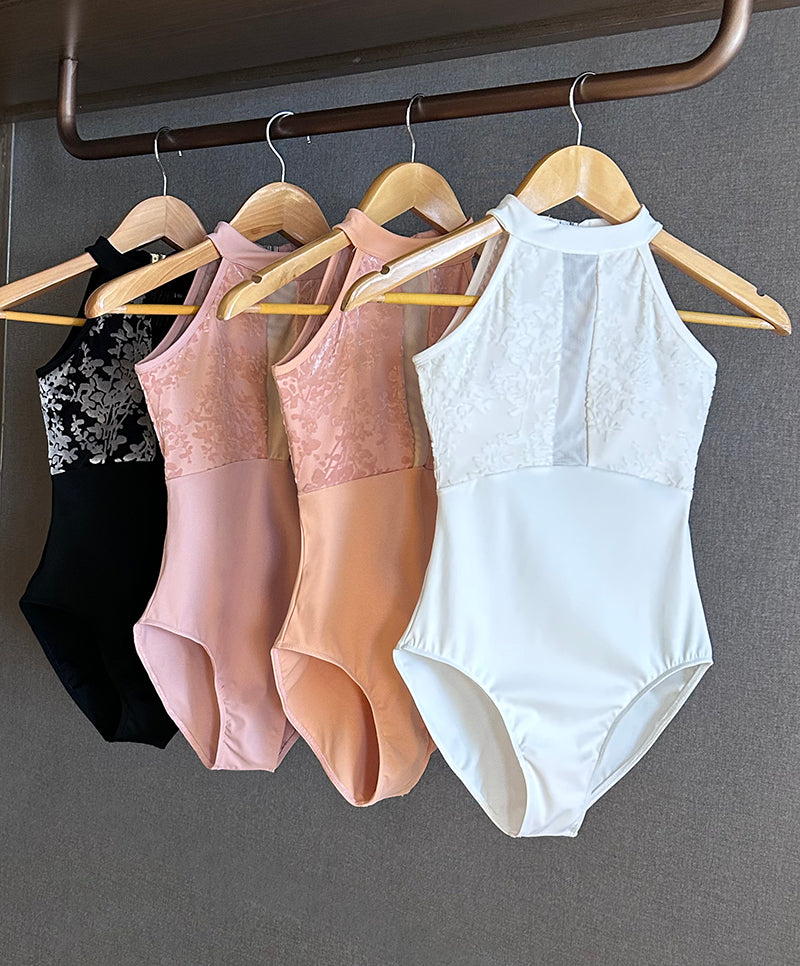 Dancewear
Dancewear
- Dancewear
- Go to Dancewear
-
 Collections
Collections
- Collections
- Go to Collections
-
 New
New
-
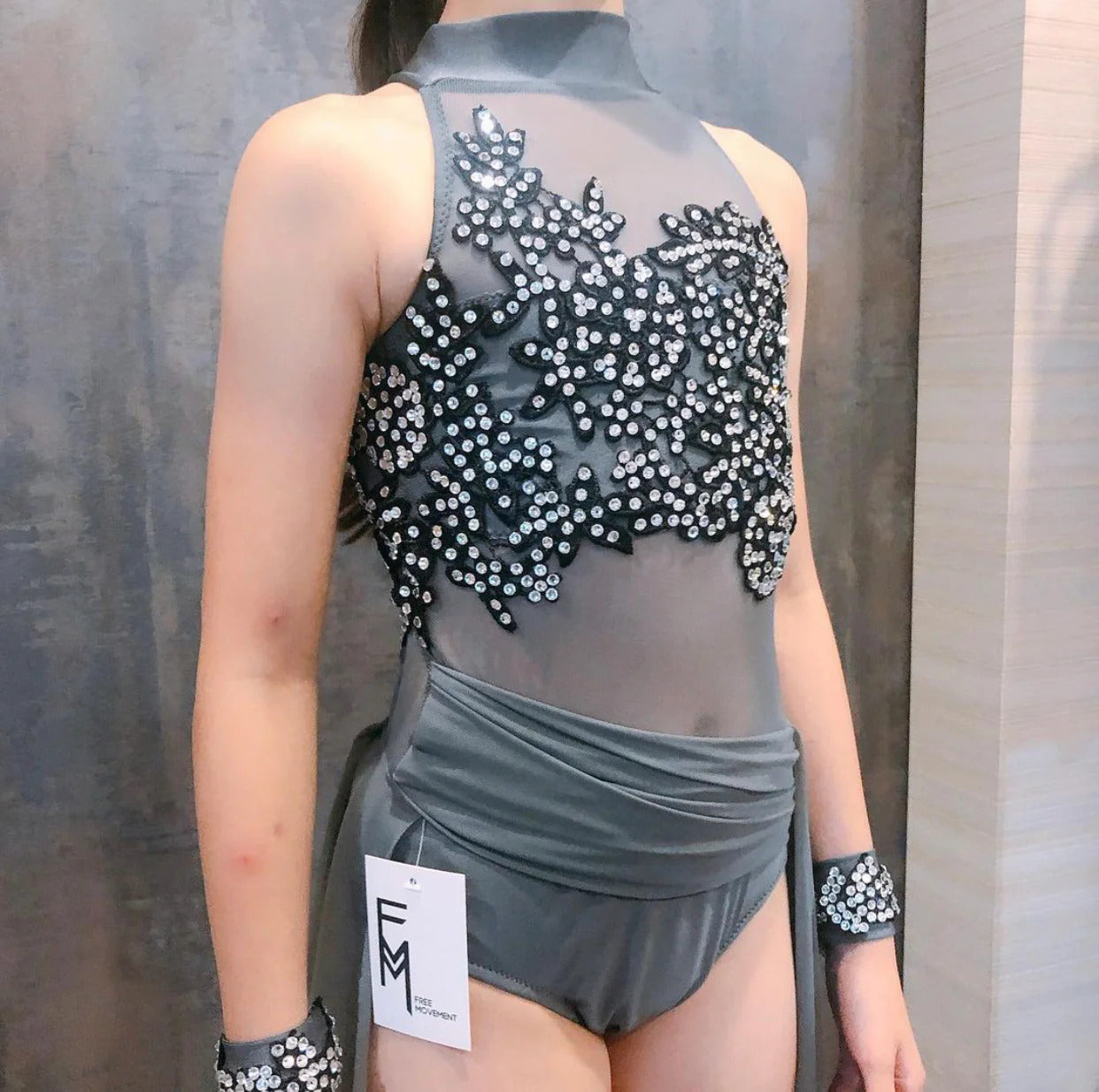 All
All
-
 Gifts
Gifts
-
 Tops
Tops
-
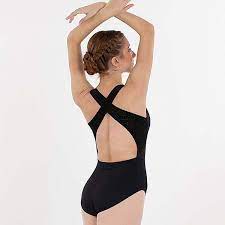 Leotards
Leotards
- Leotards
- Go to Leotards
-
 Leotards
Leotards
- Unitards
-
 Bottoms
Bottoms
-
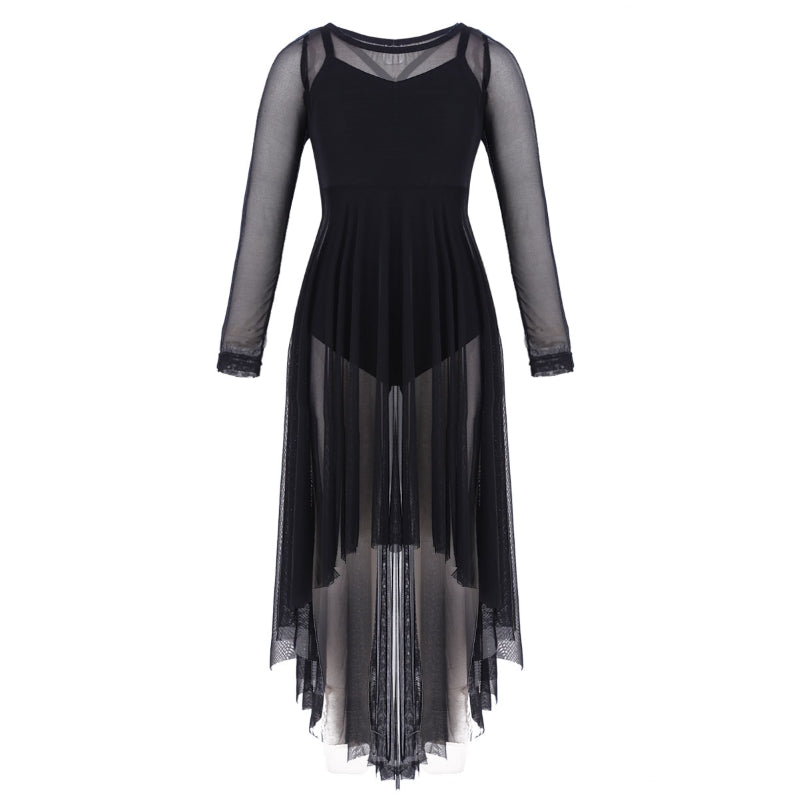 Dresses
Dresses
- Dresses
- Go to Dresses
-
 Dresses
Dresses
-
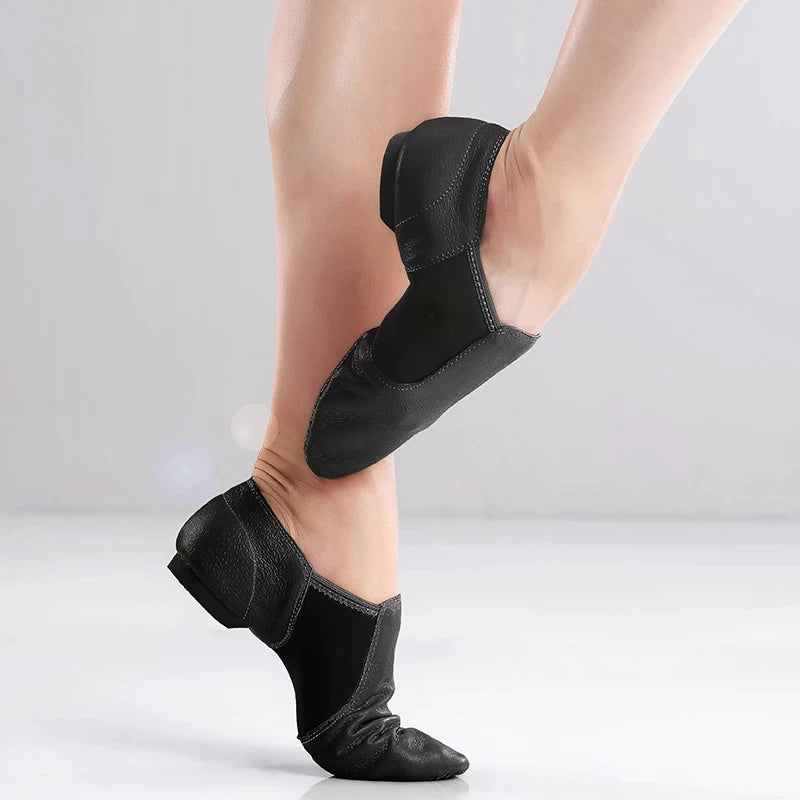 Footwear
Footwear
-
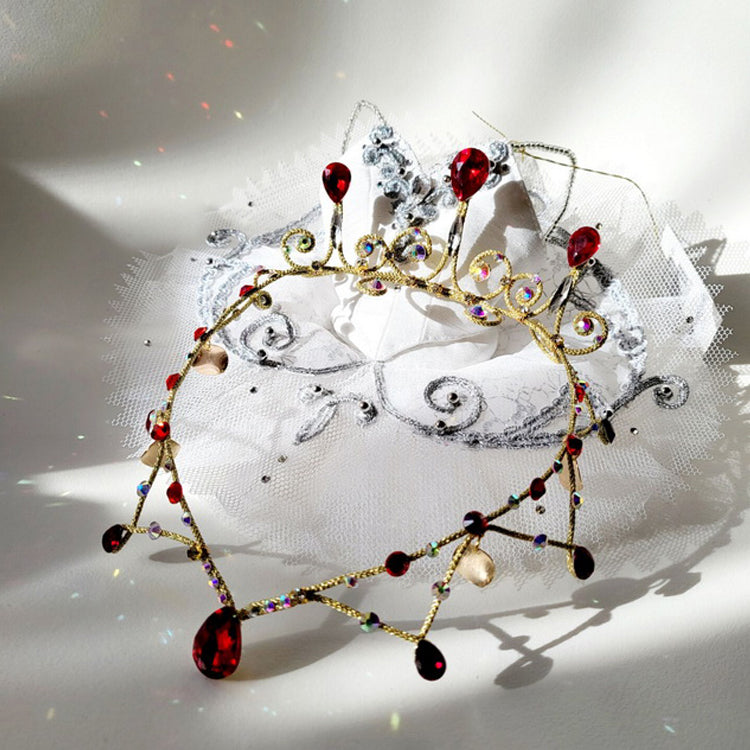 Accessories
Accessories
-
 Dance Styles
Dance Styles
-
 Hair & Makeup
Hair & Makeup
- Hair & Makeup
- Go to Hair & Makeup
- Hair
-
 Makeup
Makeup
- Dance Hair Tips
-
 Tailoring
Tailoring
- Tailoring
- Go to Tailoring
-
 Tailoring Services
Tailoring Services
- Tailoring Services
- Go to Tailoring Services
- Our Tailoring Services
-
Designs Lookbook
- Designs Lookbook
- Go to Designs Lookbook
-
 Design Sketches
Design Sketches
- Design Sketches
- Go to Design Sketches
- All
- Tops
- Leotards
- Bottoms
- One Piece
- Ballet Tutus
- Sewing Class
-
DIY Accessories
- DIY Accessories
- Go to DIY Accessories
- Fabrics
- Rhinestoning
- Sewing Machines
- Sewing Accessories
-
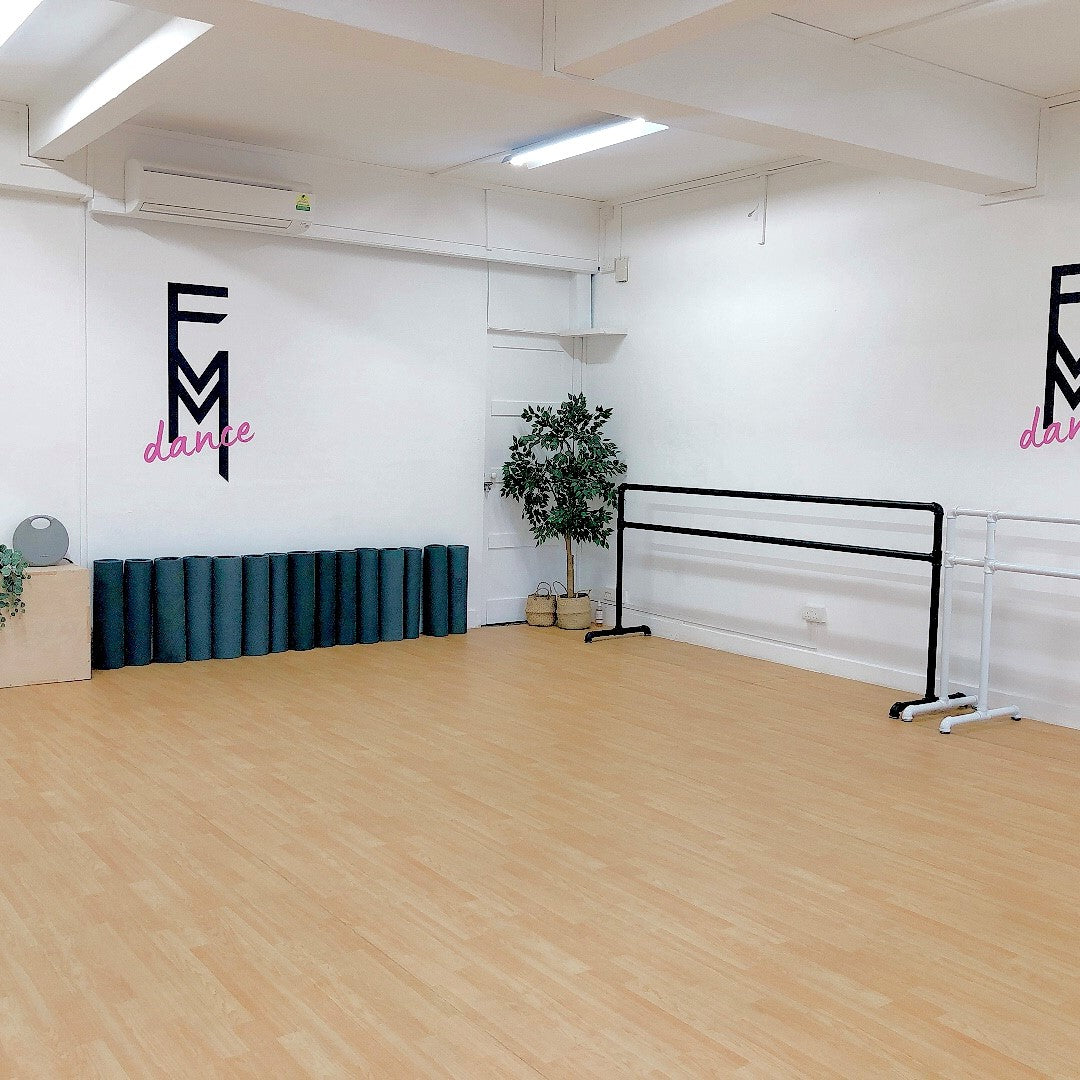 Rental
Rental
-
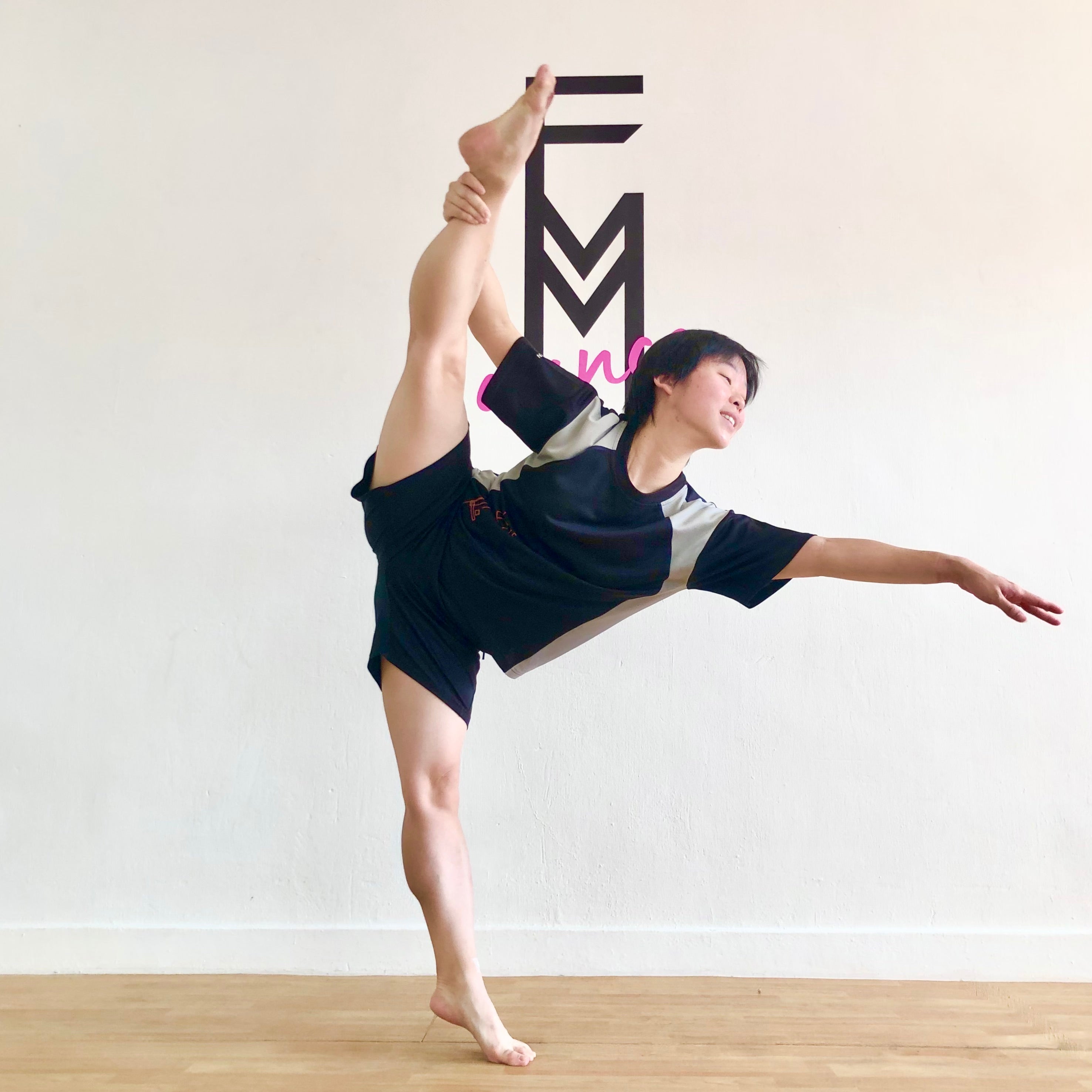 Classes
Classes
- Classes
- Go to Classes
-
About Our Studio
- About Our Studio
- Go to About Our Studio
- A Community Studio
- Instructors
-
Who Are Private Classes For?
- Who Are Private Classes For?
- Go to Who Are Private Classes For?
- Competition Dancers
- Complete Beginners
- Corporate Classes
- Solo Classes
- Group Classes
- Masterclasses
-
Pricing
- Pricing
- Go to Pricing
- Private Class Price
-
Private Class Booking
- Private Class Booking
- Go to Private Class Booking
- Private Class Booking
- Private Class Packages
-
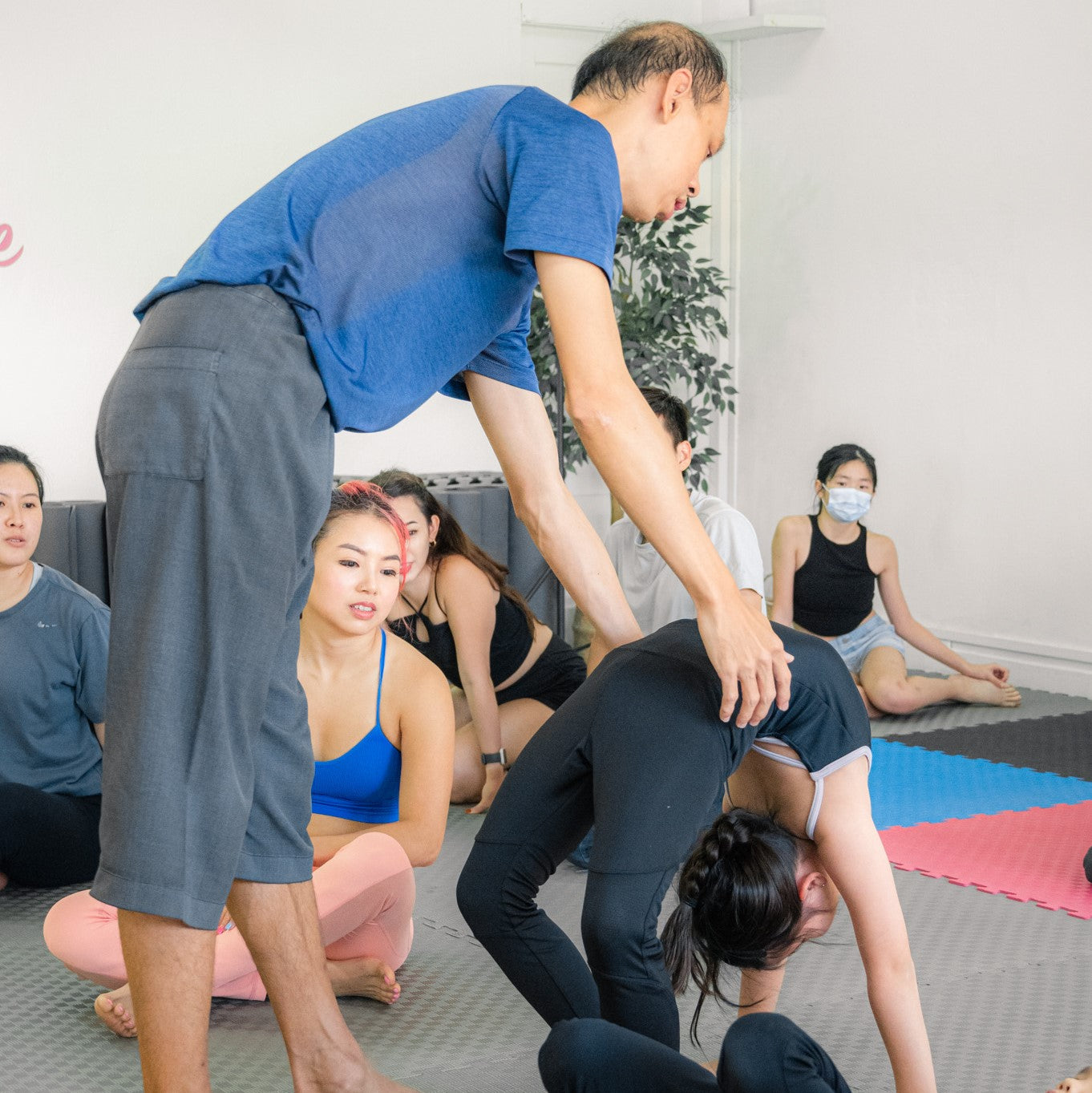 Dance Classes
Dance Classes
-
Fitness & Wellness
- Fitness & Wellness
- Go to Fitness & Wellness
-
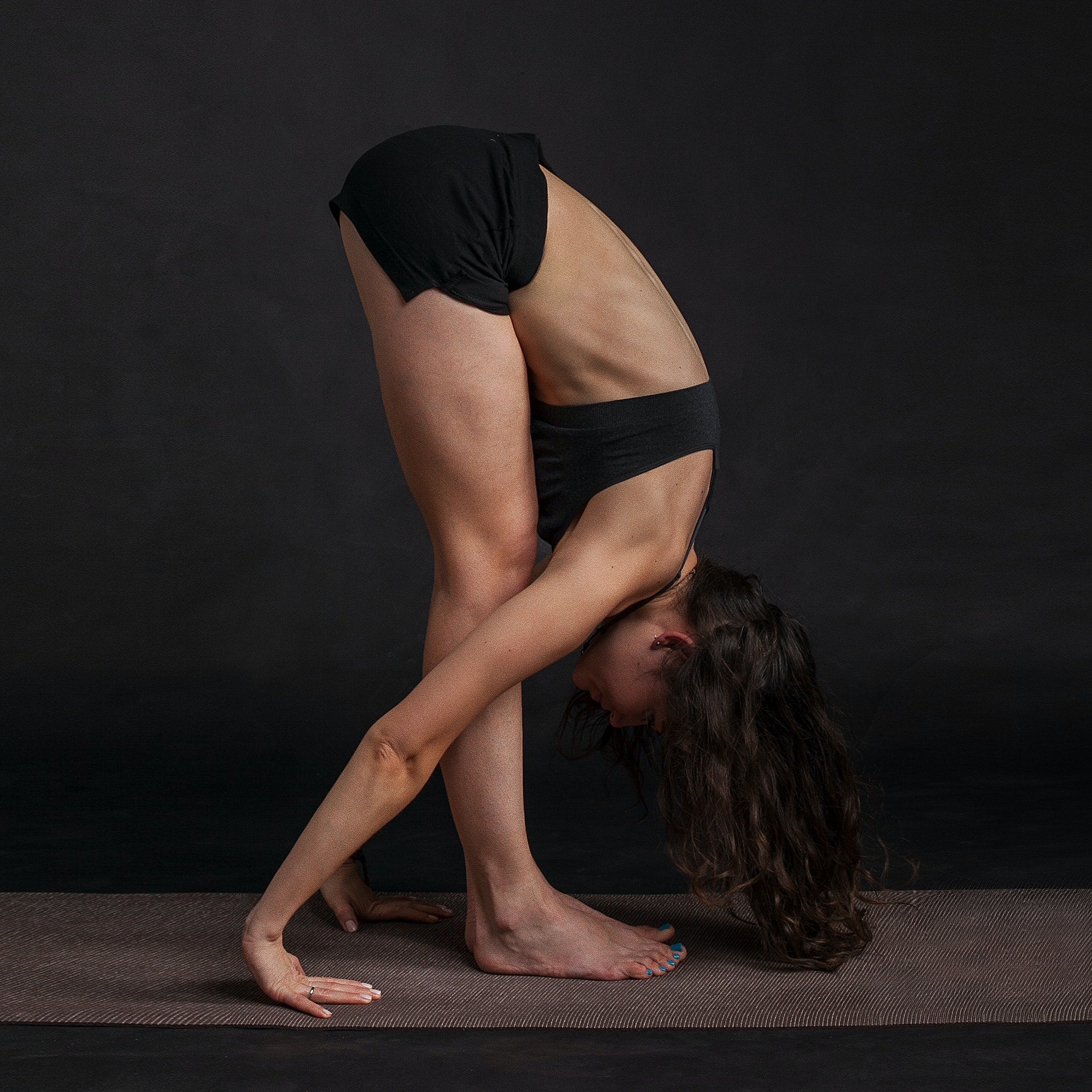 Yoga
Yoga
-
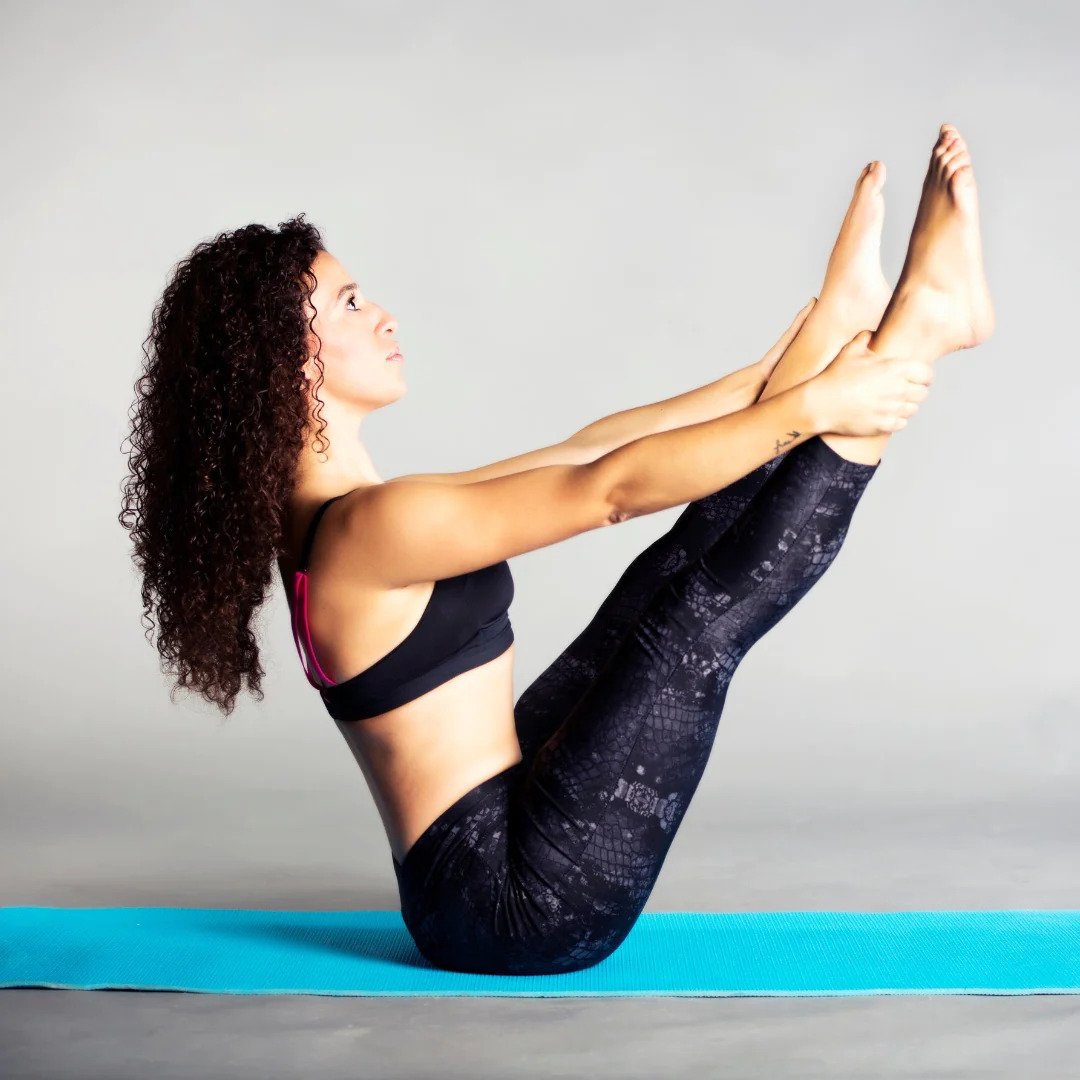 Pilates
Pilates
- Zumba
- Barre Fitness
-
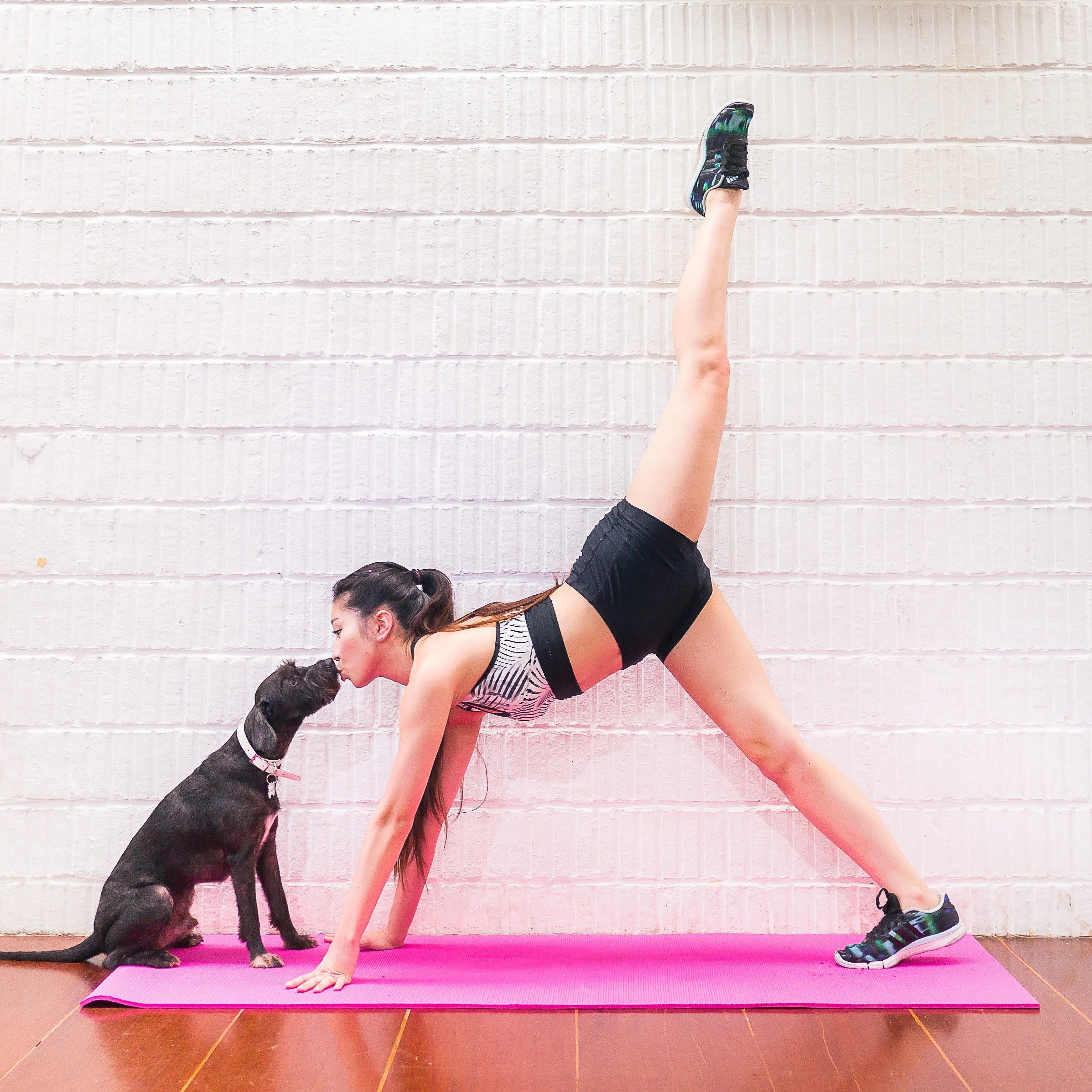 Stretch & Tone
Stretch & Tone
- Dance Therapy
- Sports Massage
- Class Videos
-
 Choreography Services
Choreography Services
- Choreography Services
- Go to Choreography Services
- DSA
- Events
- Wedding
- Auditions
- Performances
-
Online Dance Class
- Online Dance Class
- Go to Online Dance Class
- Online Private Dance Class
- Online Dance Courses
-
 Equipments
Equipments
- Equipments
- Go to Equipments
-
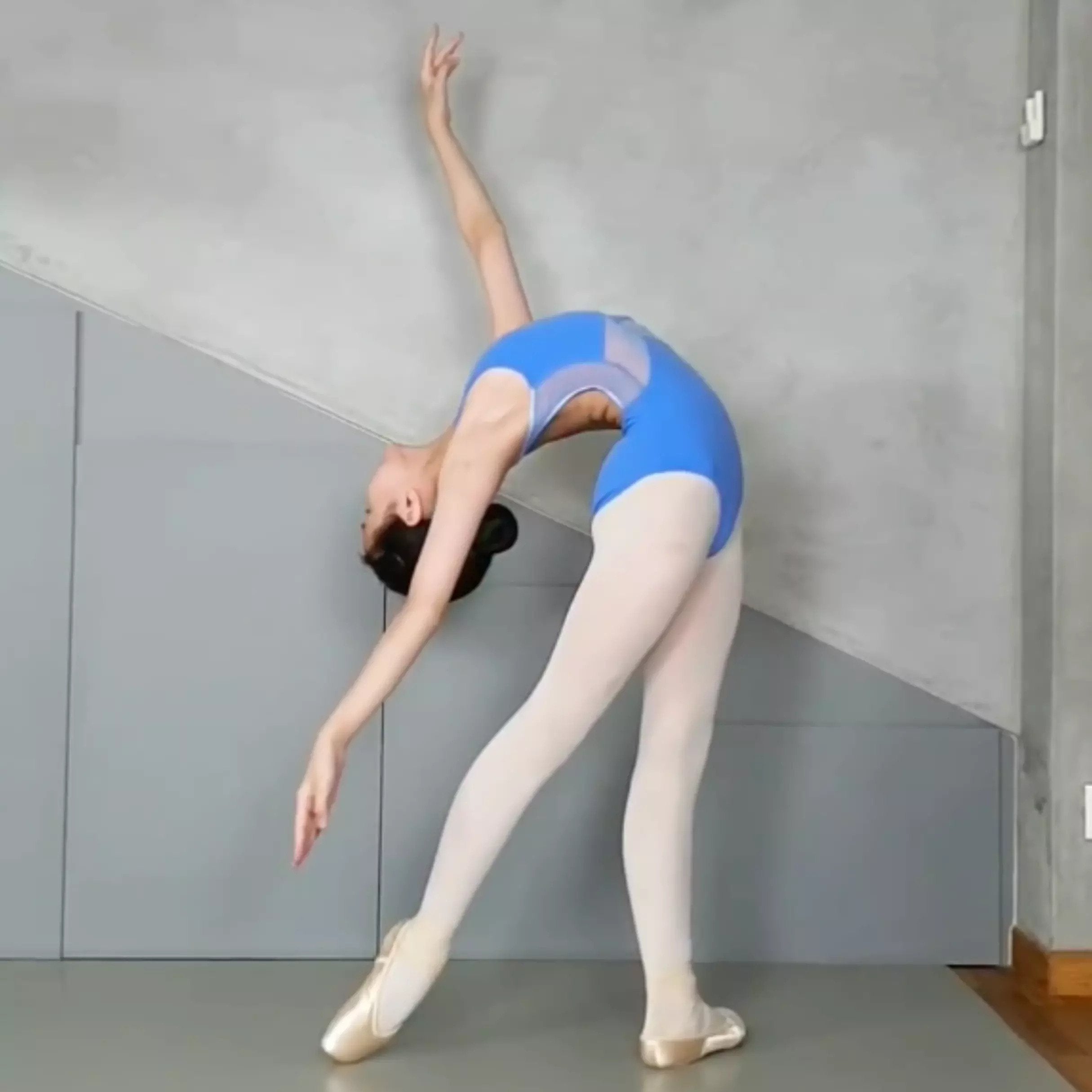 Marley Dance Mats
Marley Dance Mats
-
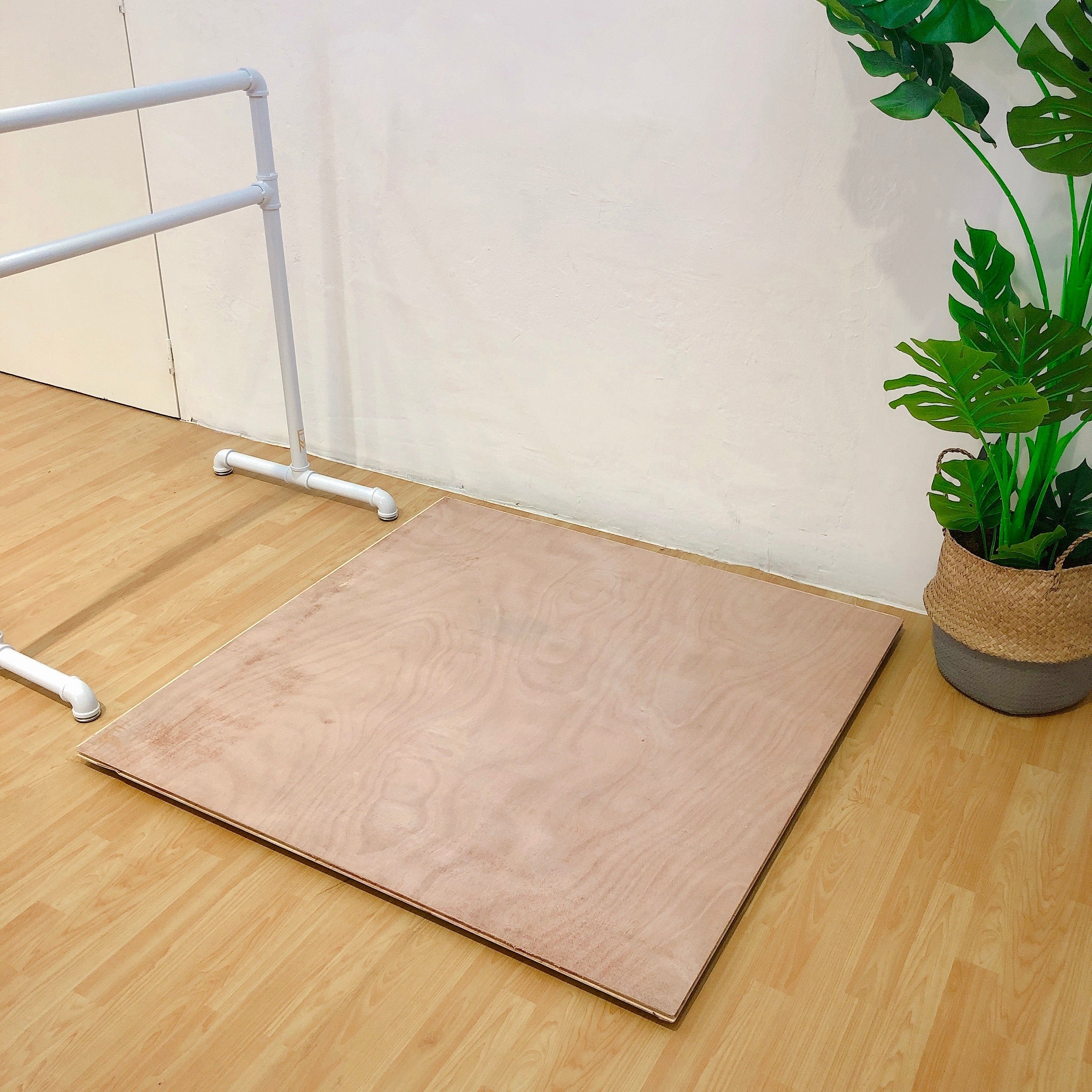 Sprung Dance Floor
Sprung Dance Floor
- Sprung Dance Floor
- Go to Sprung Dance Floor
- Limitless Sprung Floor
- Sprung Floor Installation
-
 Soundproof Mats
Soundproof Mats
- Soundproof Mats
- Go to Soundproof Mats
-
 Soundproof Mats
Soundproof Mats
- Soundproof Flooring Installation
-
 Ballet Barres
Ballet Barres
-
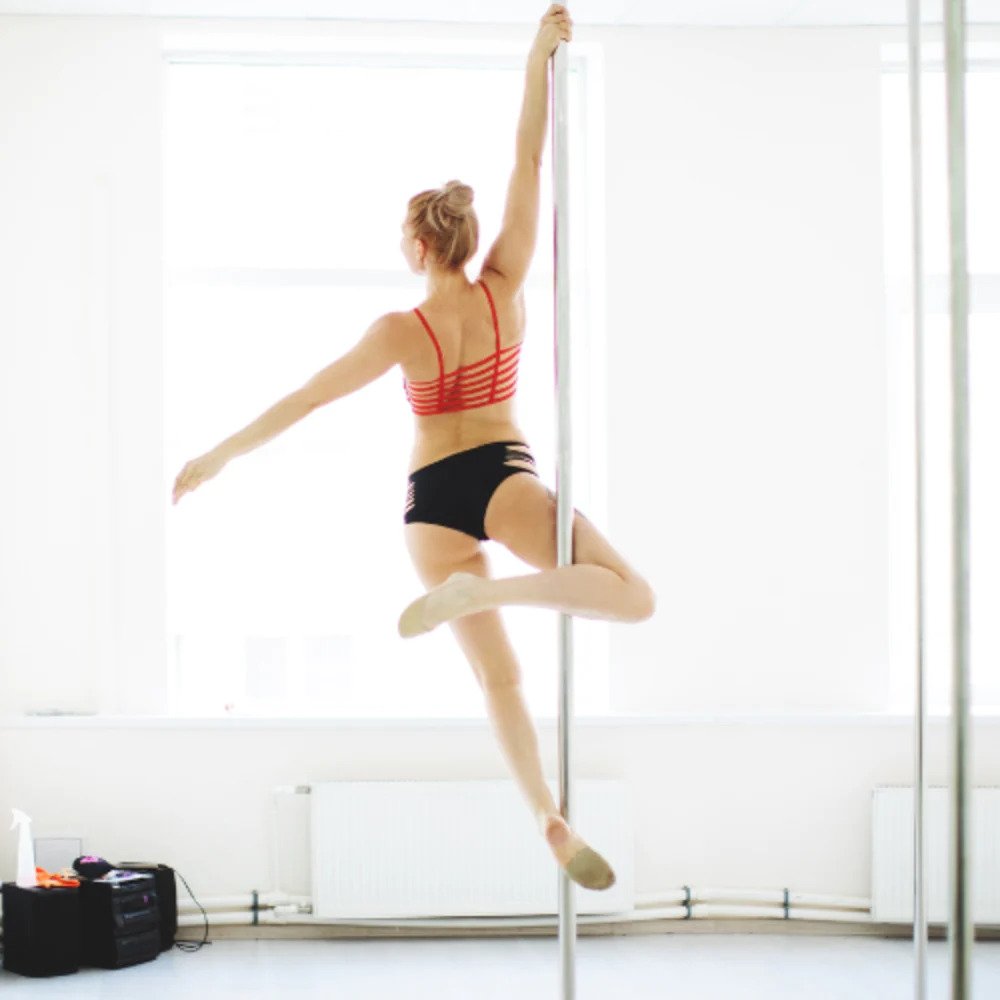 Dance Poles
Dance Poles
-
 Shatterproof Mirrors
Shatterproof Mirrors
-
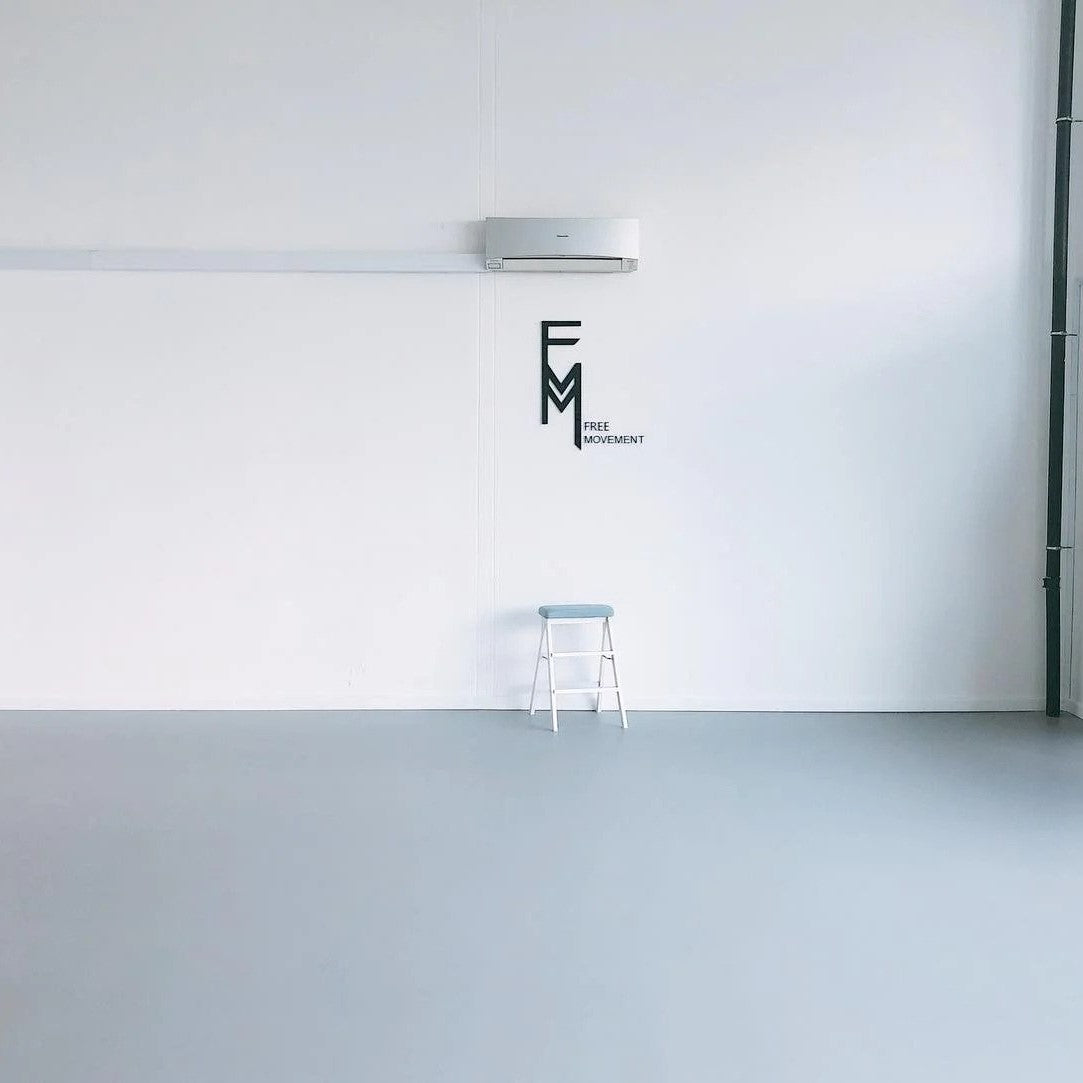 Dance Floor Rental
Dance Floor Rental
- Dance Floor Rental
- Go to Dance Floor Rental
- Marley Dance Mat Rental
- Installation
-
 Installation
Installation
-
 Charity
Charity
Contemporary Dance
Discover the Fluidity and Freedom of Contemporary Dance
Contemporary dance is a dynamic and expressive form of dance that blends elements from various styles, including ballet, jazz, and modern dance. Known for its emphasis on creativity, improvisation, and personal expression, contemporary dance is a powerful medium for storytelling and emotional exploration. In this guide, we explore the different types of contemporary dance, its history, unique characteristics, and how to start your journey with us.
A Brief History of Contemporary Dance
Contemporary dance emerged in the mid-20th century as a response to the formal structure of classical ballet and the rigidity of some traditional dance forms. It evolved from modern dance, which itself was a rebellion against the strict rules of ballet. Pioneers like Isadora Duncan, Martha Graham, and Merce Cunningham played a key role in shaping modern dance, which laid the foundation for contemporary dance.
While modern dance focused on rejecting ballet's conventions, contemporary dance embraced a more inclusive approach, incorporating elements from various dance styles. It introduced new techniques, such as floor work, improvisation, and the use of gravity and momentum in movement. Contemporary dance often explores complex themes and narratives, encouraging dancers to express themselves in unique and personal ways.
Different Types of Contemporary Dance
Contemporary dance encompasses a wide range of styles and approaches. Here are some of the most notable types of contemporary dance:
-
Lyrical Contemporary Dance: This style is closely associated with lyrical music and often emphasizes emotional expression and storytelling. Dancers in lyrical contemporary dance use flowing movements to convey deep emotions, making it popular for its evocative performances.
-
Abstract Contemporary Dance: In abstract contemporary dance, the focus is on movement for its own sake rather than a specific narrative or story. This style allows for greater experimentation and creativity, often incorporating unconventional movements and formations.
-
Modern Contemporary Dance: This type of contemporary dance retains elements of modern dance, emphasizing technique, structure, and precision. It often involves more angular movements and can be more challenging physically, with a focus on technique and form.
-
Fusion Contemporary Dance: Fusion contemporary dance blends elements from different styles, such as hip-hop, jazz, and ballet. This style allows dancers to explore a wide range of movements and techniques, often leading to innovative and unique choreographies.
-
Contemporary Ballet: While drawing from classical ballet, contemporary ballet incorporates contemporary dance elements like floor work, less rigid structure, and modern themes. This style is popular in both dance companies and competitive dance environments.
Fascinating Facts About Contemporary Dance
Contemporary dance is an exciting and versatile dance form with many intriguing aspects:
- Use of Space and Dynamics: Contemporary dance is known for its innovative use of space, incorporating floor work, aerial movement, and dramatic shifts in dynamics. This creates a unique visual experience for audiences.
- Improvisation and Creativity: Contemporary dance encourages improvisation, allowing dancers to explore their own movement styles and experiment with choreography. This flexibility fosters creativity and personal expression.
- Collaborative Nature: Contemporary dance often involves collaboration with other artists, such as musicians, visual artists, and set designers. This interdisciplinary approach adds depth and complexity to performances.
The Learning Process
Learning contemporary dance involves a combination of technique, creativity, and personal expression. Here's what you can expect when you start your contemporary dance journey:
- Group Classes: Group classes offer a supportive environment to learn contemporary dance. You'll be introduced to basic techniques, including floor work, turns, leaps, and body control. Group classes often include warm-up exercises, improvisation, and short choreography.
- Private Lessons: For personalized instruction and focused guidance, private lessons are an excellent choice. You'll work with an experienced contemporary dance instructor who can help you refine your technique and develop your unique style. Private lessons are ideal for dancers of all levels, from beginners to advanced practitioners.
- Practice Sessions: Regular self-practice is crucial for mastering contemporary dance. Many studios offer open practice sessions, allowing you to hone your skills and experiment with movement in a relaxed environment.
Reach Out to Us for Private Contemporary Dance Lessons
At Free Movement Dance Studio, we offer private contemporary dance lessons for dancers of all levels. Whether you're new to contemporary dance or seeking to refine your skills, our experienced instructors are here to guide you. You can book a private class tailored to your specific needs and preferences.
To schedule a private lesson, simply contact us via phone, email, or our website. We'll work with you to find a convenient time and create a personalized learning plan that suits your goals. Don't hesitate to reach out—we'd be thrilled to help you embark on your contemporary dance journey!
Contemporary dance is an expressive and versatile dance form that encourages creativity, emotion, and storytelling. So put on your dancewear, step onto the dance floor, and let your movements reflect your unique spirit. The world of contemporary dance is waiting for you!
- Choosing a selection results in a full page refresh.



























